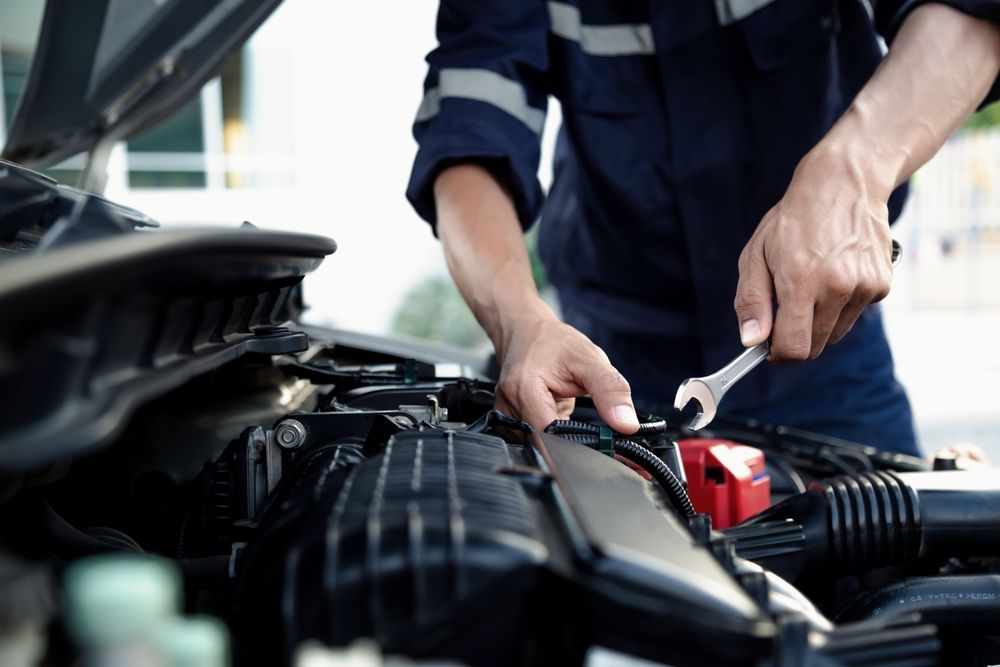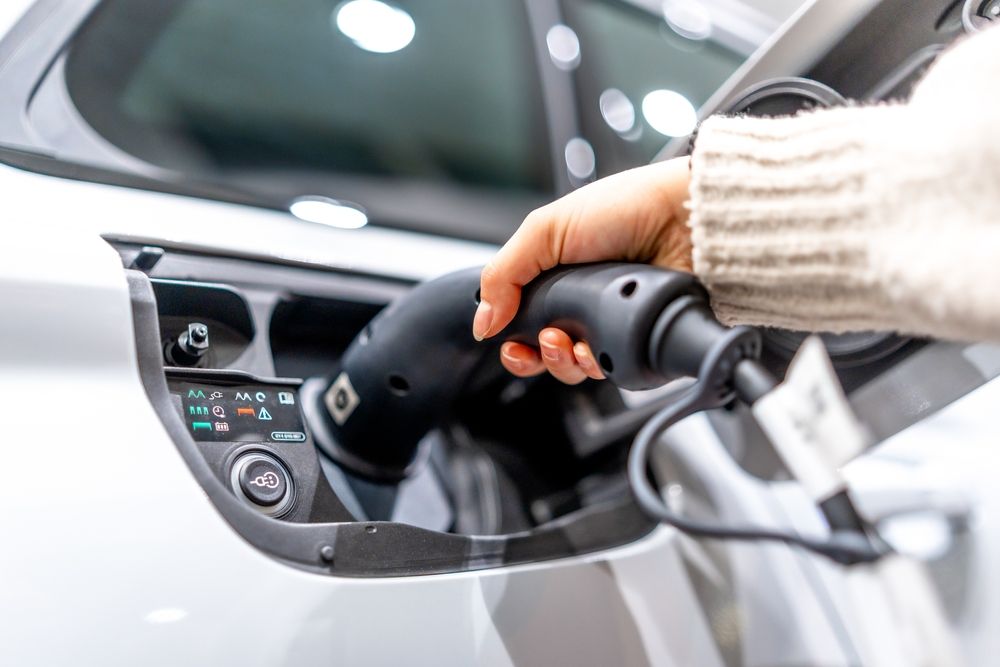Selecting the right car seat for your child is one of the most crucial decisions you will make as a parent. It's not just about comfort or convenience; it's primarily about your child's safety. Every year, thousands of young lives are saved by the correct use of car seats, making understanding how to choose the right one paramount. This comprehensive guide will walk you through everything you need to know to make an informed decision, ensuring that safety is always the first priority.
Understanding Car Seat Types
The journey to finding the perfect car seat begins with understanding the different types available. Car seats are designed to cater to various age groups, weights, and heights, evolving with your child from infancy to childhood. Initially, infants require rear-facing car seats, which offer the best support for their fragile neck and spine. As children grow, they transition into forward-facing seats and eventually booster seats, each stage designed to provide optimal protection. Selecting a car seat that matches your child's current stage is critical. It's not just about age; the child's weight and height are equally important factors to consider. This ensures the harnesses and belts are positioned correctly to protect your child in the event of a crash. Remember, the goal is to keep your child in each stage for as long as possible, provided they fit the seat's weight and height requirements.
Key Features to Look For
When selecting a car seat, there are several key features you should look for to ensure the utmost safety for your child. First, consider the car seat's safety ratings and certifications. These ratings provide insight into how well the seat performs in crash tests, including side-impact protection and the integrity of its structure. Additionally, look for seats with a 5-point harness system, which secures your child more effectively than older models. Another crucial aspect is the ease of installation. A car seat that's difficult to install correctly poses a significant risk. Many new car seats come with systems like LATCH (Lower Anchors and Tethers for Children) to simplify the installation process. Moreover, adjustable harness and headrest heights are essential for accommodating your child’s growth, ensuring they remain properly secured in their seat. Lastly, consider the seat's compatibility with your vehicle. Not all seats fit well in all cars, so it's important to check this before making a purchase.
The Importance of Proper Installation
The best car seat in the world won't provide optimal protection if it's not installed correctly. Unfortunately, a significant number of car seats are improperly installed, which can compromise a child’s safety in a crash. It's imperative to thoroughly read the car seat's manual and your vehicle's owner manual regarding car seat installation. Many communities offer free car seat checks by certified technicians, providing peace of mind that your child's seat is installed correctly. Additionally, once installed, the car seat should not move more than an inch in any direction. If it does, it's not secured properly. Regularly checking the fit and installation of the car seat as your child grows is also crucial, as adjustments may be necessary over time.

When to Upgrade
Knowing when to upgrade your child's car seat is as important as the initial purchase. This decision should be based on your child’s height, weight, and age. Each car seat comes with specific limits, and exceeding these limits can significantly reduce the seat's effectiveness in protecting your child. Transitioning from a rear-facing to a forward-facing seat, from a forward-facing seat to a booster, and eventually moving out of a booster seat altogether, should be done following the manufacturer's recommendations and current safety guidelines. Furthermore, if a car seat has been involved in a moderate to severe crash, it should be replaced, even if no damage is visible. Car seats also have expiration dates, typically 6 to 10 years from the date of manufacture, due to the degradation of materials over time.
Staying Informed
Staying informed about car seat safety is an ongoing process. Safety standards and recommendations can change as new research emerges and technology advances. Keeping up-to-date with the latest information from reliable sources such as the National Highway Traffic Safety Administration (NHTSA) ensures that your child is always provided with the best possible protection. Additionally, registering your car seat with the manufacturer ensures you'll be notified about any recalls or safety notices.
Maximizing Safety Through Regular Car Seat Checks and Maintenance
Ensuring the continued safety of your child's car seat extends beyond the initial purchase and installation. Regular car seat checks and maintenance play a crucial role in maximizing safety. Over time, car seats can suffer from wear and tear, potentially compromising their safety features. It's important to periodically inspect the car seat for any signs of damage, such as cracks in the plastic, fraying straps, or malfunctioning buckles. Additionally, cleaning the car seat according to the manufacturer's instructions is vital for maintaining its materials' integrity. Many local health departments, police stations, and fire departments offer free car seat inspection services where professionals can assess your car seat's condition and installation, ensuring it continues to provide the highest level of protection. Keeping up with maintenance and regular checks ensures that the car seat remains a safe, secure, and comfortable space for your child throughout its use.
Choosing the right car seat for your child is a critical decision that has a profound impact on their safety. By understanding the different types of car seats, knowing what features to look for, ensuring proper installation, recognizing when to upgrade, and staying informed about safety standards, you can make a well-informed decision. Remember, the goal is not just to comply with the law but to ensure your child's safety to the highest standard possible. With the right knowledge and approach, you can provide your child with the best possible protection on the road.




